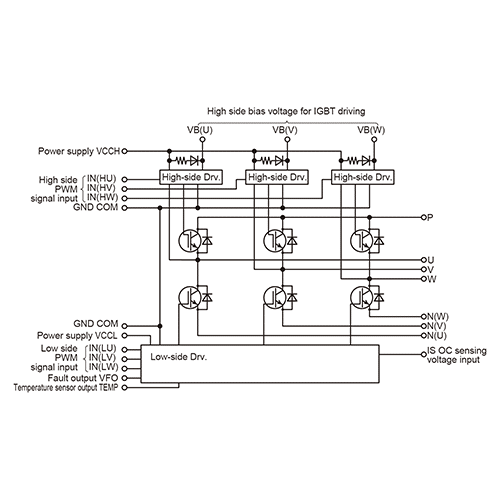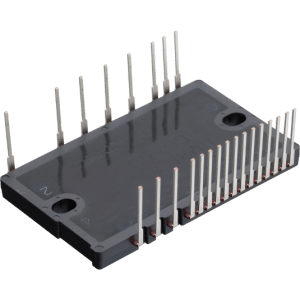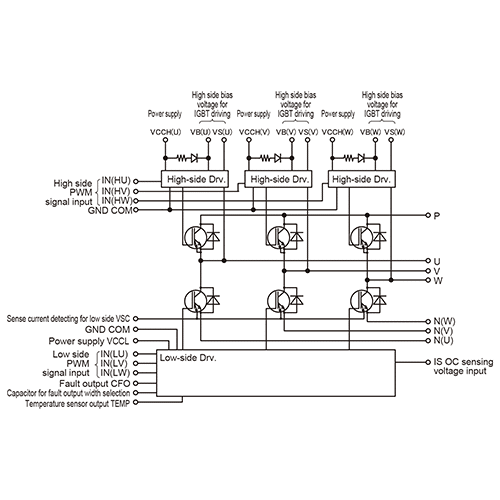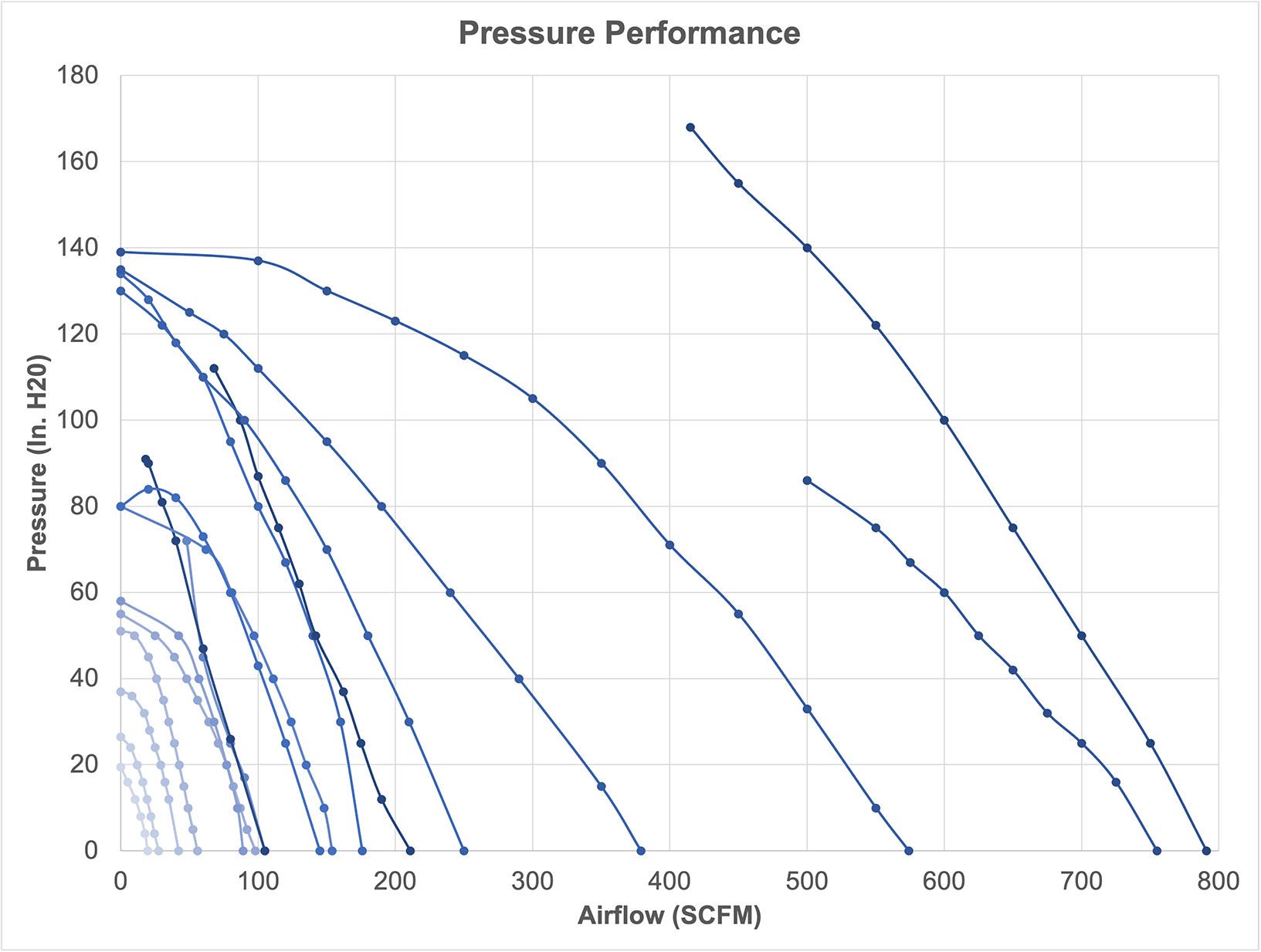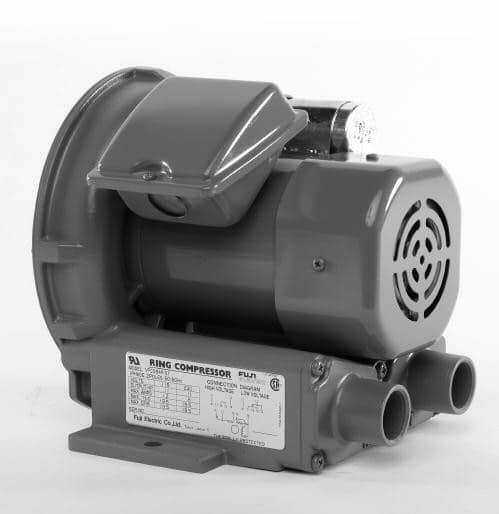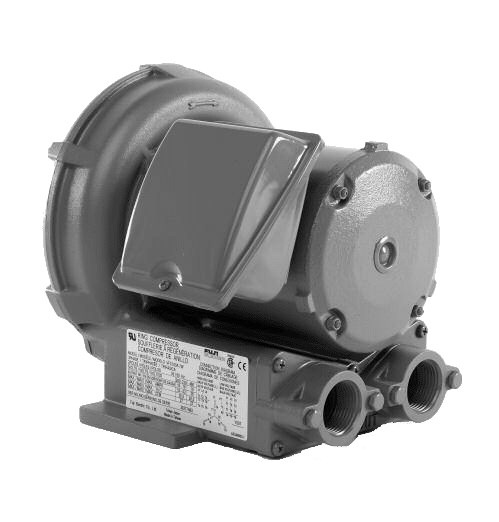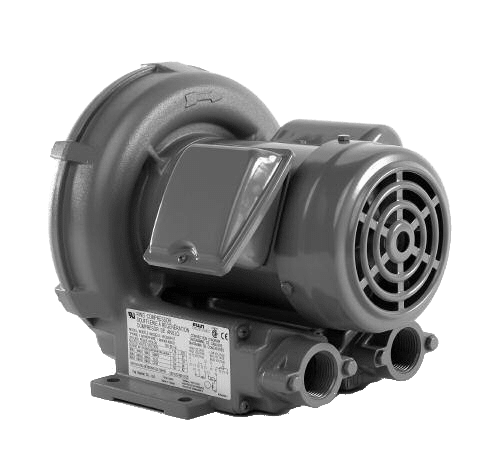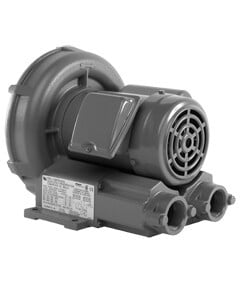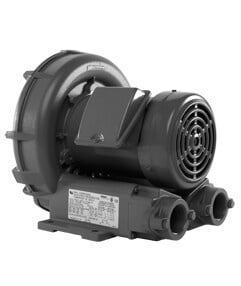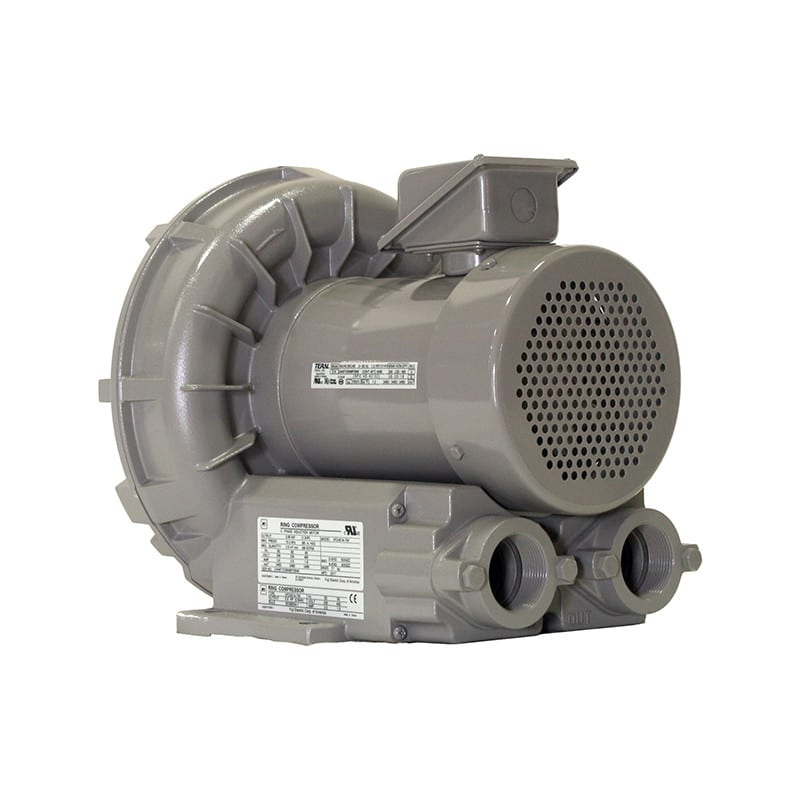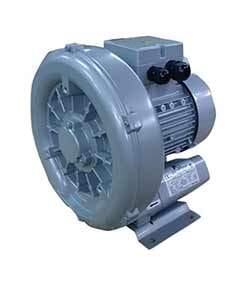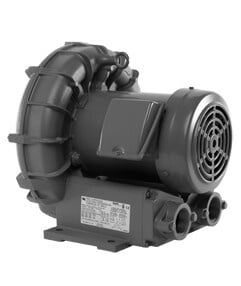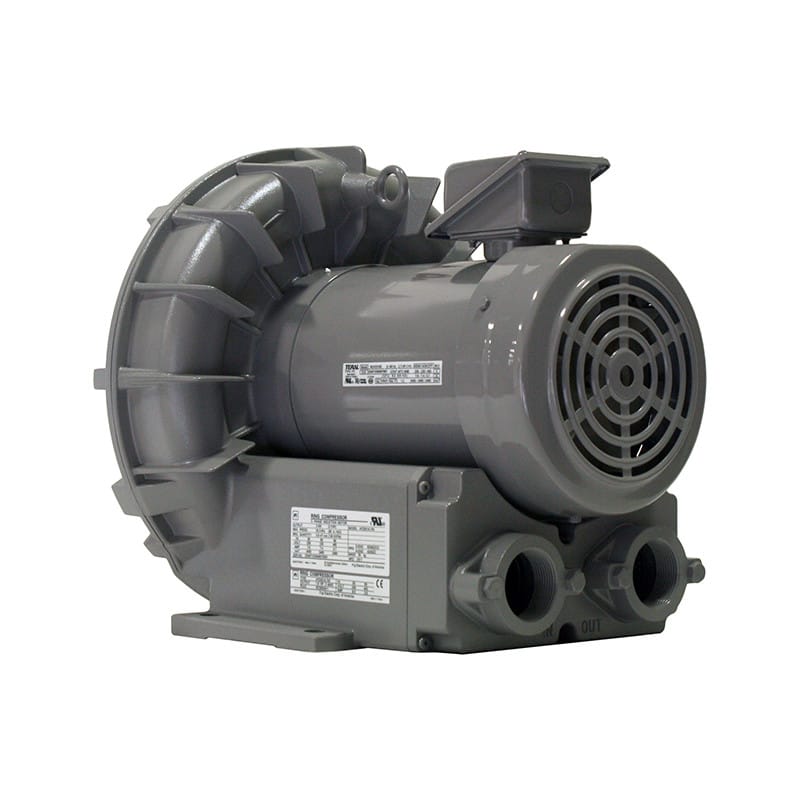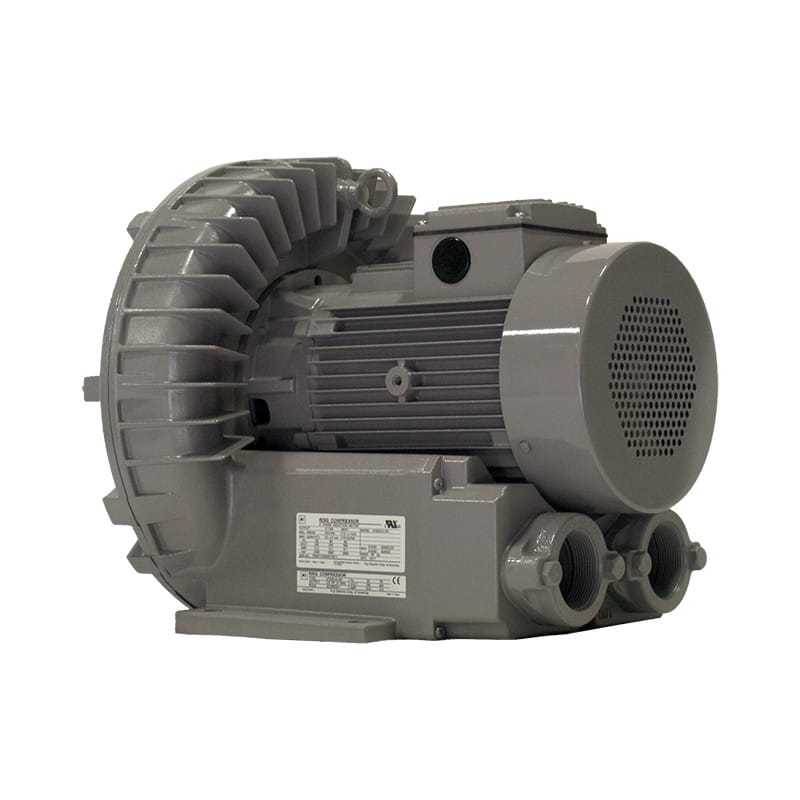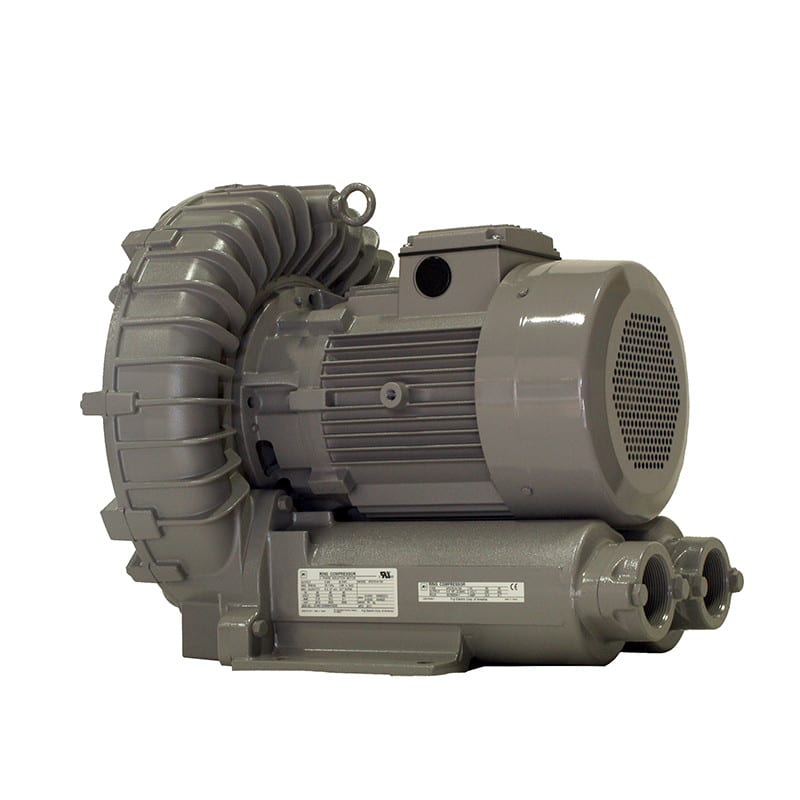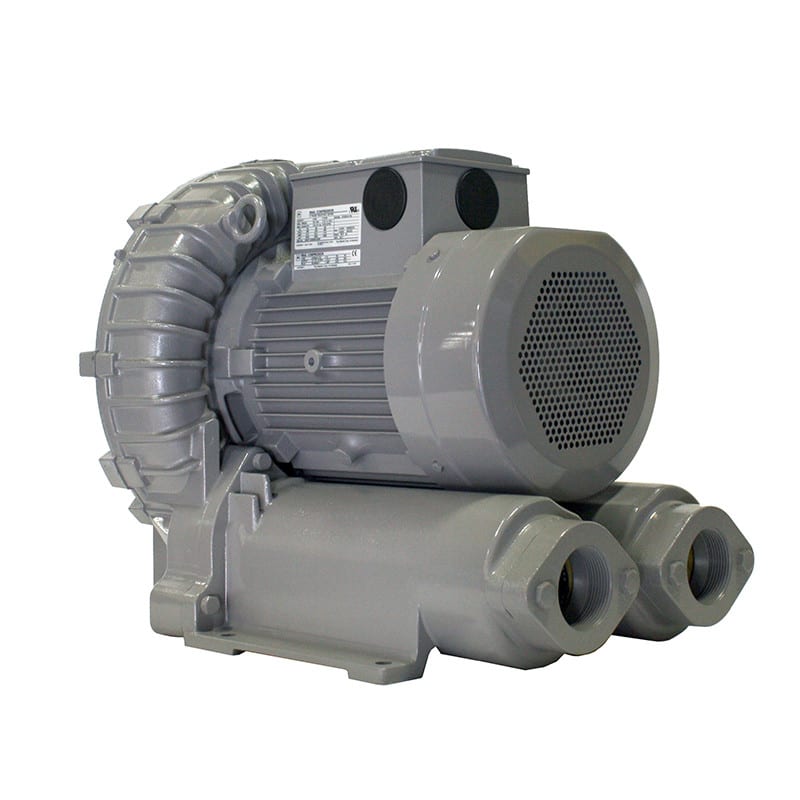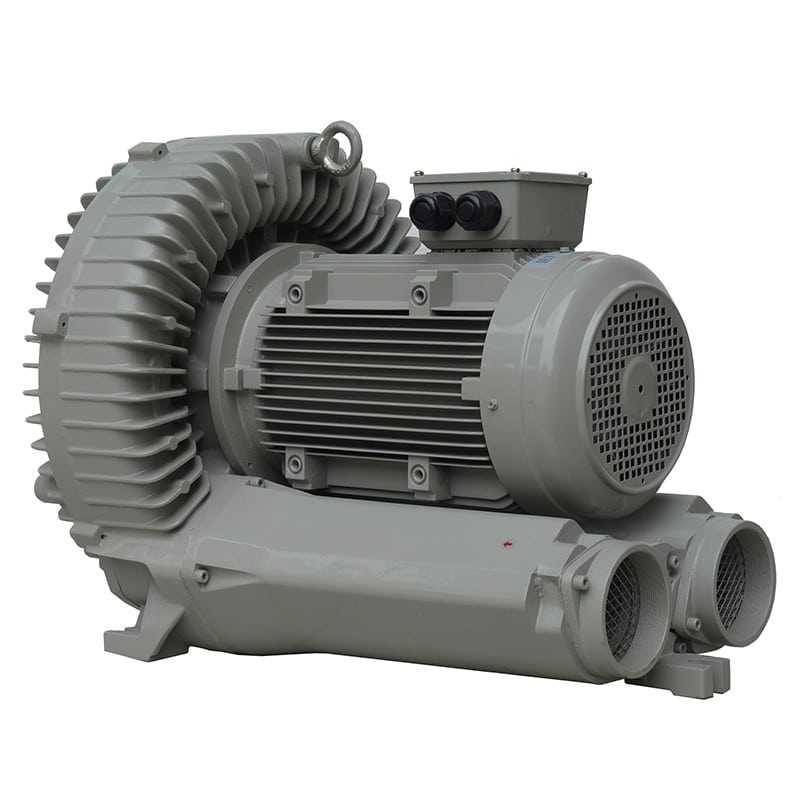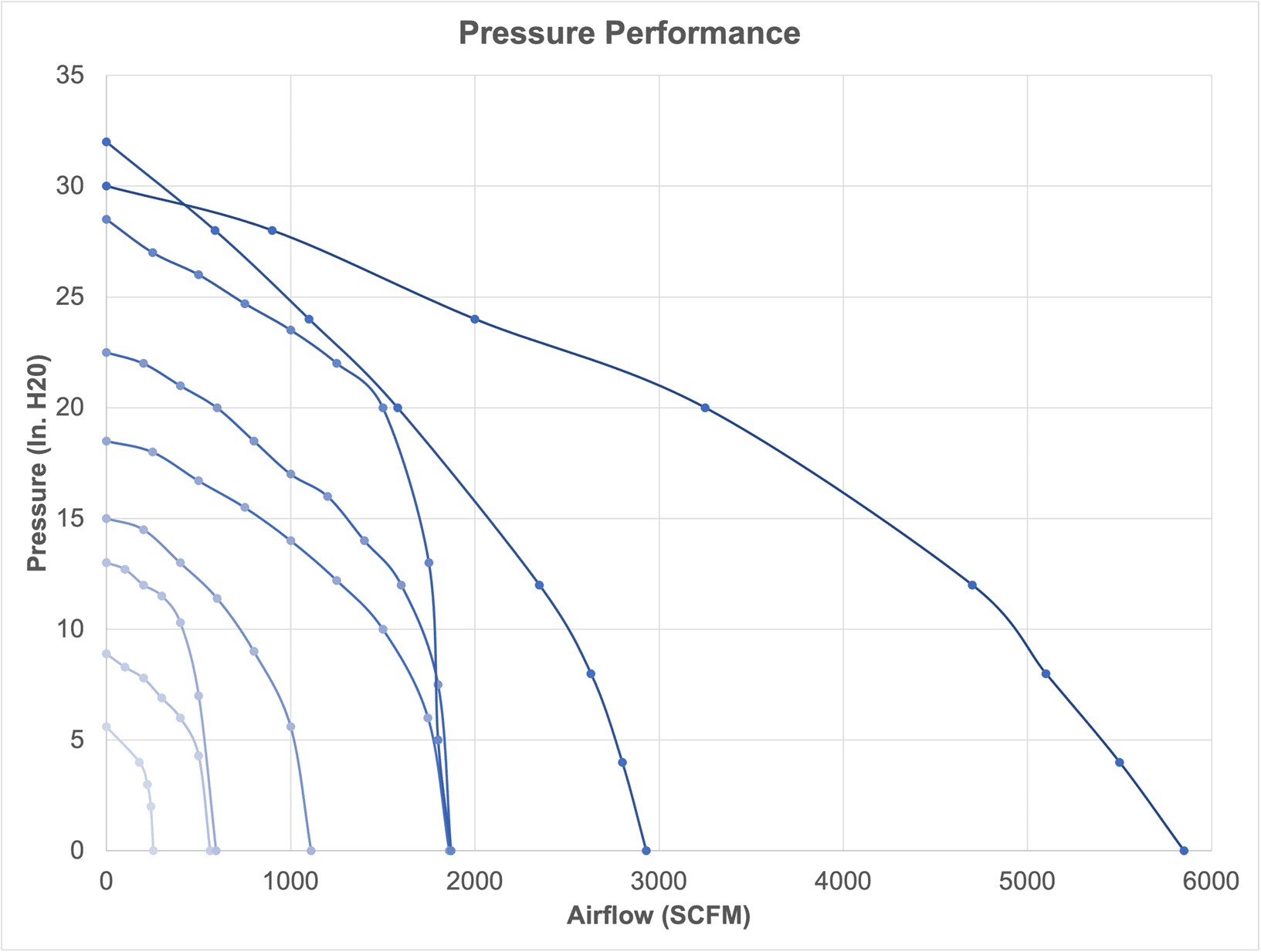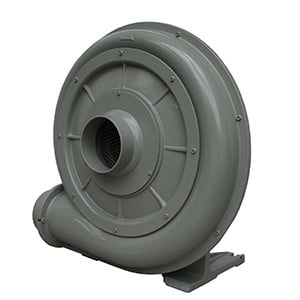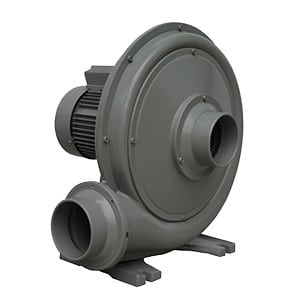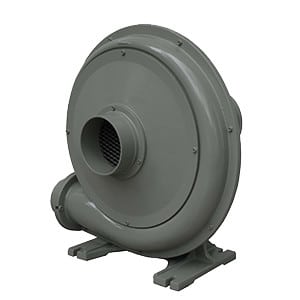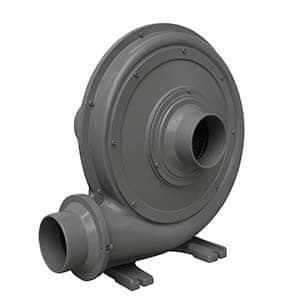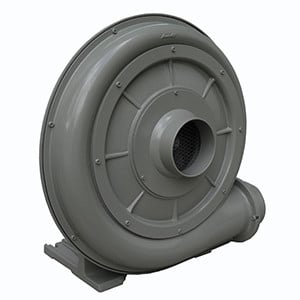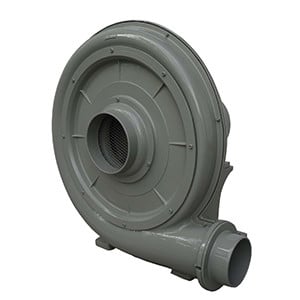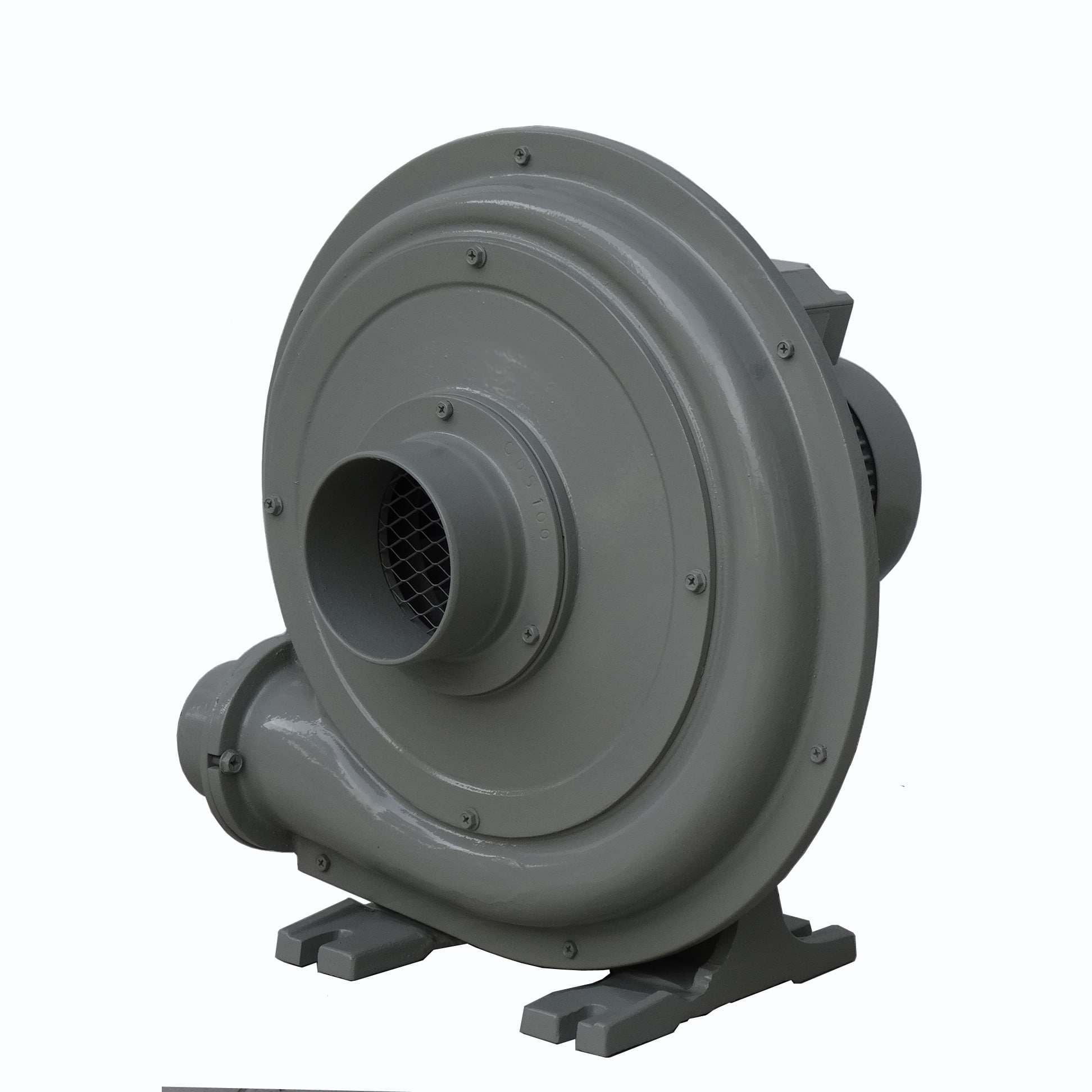IGBTs (Insulated Gate Bipolar Transistors) are robust power semiconductor devices, but they can fail under certain electrical, thermal, or mechanical stresses. Understanding common failure modes—and how to prevent them—is essential for designing reliable power electronic systems.
Common Failure Modes in IGBTs
- Short Circuit Destruction
Cause: Excessive short circuit current not interrupted in time
Mechanism: High current causes extreme power dissipation and junction overheating within microseconds
Prevention:
- Use fast short circuit protection (<10 µs)
- Ensure SCWT (Short Circuit Withstand Time) is not exceeded
- Design low-inductance PCB layouts to reduce surge energy
- Latch-Up
Cause: Excessive gate-emitter voltage or improper gate drive signals
Mechanism: Parasitic thyristor structure turns on uncontrollably, leading to thermal runaway
Prevention:
- Never exceed maximum gate-emitter voltage (typically ±20V)
- Use gate drivers with clamping and controlled dV/dt
- Avoid slow switching at high currents
- Overheating / Thermal Overload
Cause: Inadequate cooling, high switching losses, or continuous overcurrent
Mechanism: Thermal stress degrades junctions, bond wires, and solder joints
Prevention:
- Maintain safe junction temperature (below rated Tj max)
- Use appropriate heat sinks, thermal interface materials, and cooling systems
- Monitor temperature with NTCs or thermal sensors
- Gate Oxide Breakdown
Cause: Excess gate voltage or electrostatic discharge (ESD)
Mechanism: Breakdown of the thin gate oxide layer, leading to leakage or complete failure
Prevention:
- Use gate voltage clamping (e.g., TVS diodes)
- Handle with ESD protection protocols
- Ensure gate drive circuits are properly designed
- Cosmic Ray-Induced Failures (Single Event Burnout)
Cause: High-energy particles (typically in high-altitude or aerospace environments)
Mechanism: Particle impact triggers parasitic thyristor latch-up
Prevention:
- Use IGBTs with improved ruggedness
- For mission-critical systems, consider redundant design or SiC alternatives
- Bond Wire Lift-Off / Package Fatigue
Cause: Repetitive thermal cycling
Mechanism: Mechanical fatigue breaks internal connections
Prevention:
- Limit temperature swing during operation
- Use modules with sintered connections or wire-bond-free designs
- Apply soft switching techniques to reduce thermal cycling
- dV/dt-Induced Turn-On (Miller Effect)
Cause: High collector-emitter voltage transients
Mechanism: Miller capacitance induces gate voltage, turning the device on unintentionally
Prevention:
- Use negative gate voltage during off-state
- Include gate resistors and Miller clamps in the driver
Summary of Prevention Best Practices
|
Risk |
Prevention Strategy |
|
Short Circuit |
Fast protection, SCWT awareness |
|
Latch-Up |
Proper gate drive design |
|
Overheating |
Thermal management, current limits |
|
Gate Oxide Breakdown |
Gate voltage clamping, ESD protection |
|
Cosmic Ray SEB |
Rugged modules, system-level redundancy |
|
Bond Wire Failures |
Temperature swing control, advanced packaging |
|
dV/dt Turn-On |
Negative gate bias, Miller clamp |
Final Thought
While IGBTs are reliable when properly applied, most failures are avoidable with good circuit design, robust protection, and attention to thermal management. Investing in proper system integration and testing is key to maximizing device lifespan and system reliability.

































